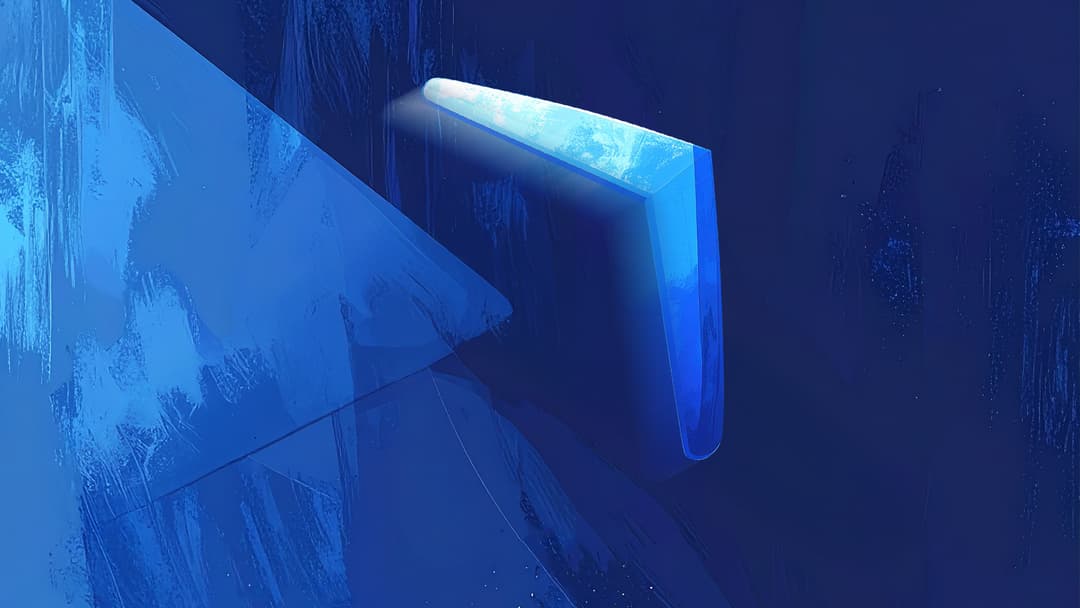Acquiring new customers is essential, but expensive. Keeping them – and keeping them happy – is incomparably more rewarding.
Every business has to acquire new customers. And every business wants to retain existing customers. It’s not binary; both are important. But you would rather be doing a lot more of the latter than the former.
Customer acquisition is hard. And it’s expensive.
Harvard Business Review has said that “depending on which study you believe, and what industry you’re in, acquiring a customer is anywhere from five to 25 times more expensive than retaining an existing one.” 1
To put that into numbers: even going with the more conservative five percent, if you spend R1,000 to gain a new customer, it will cost you just R200 to keep an existing one.
That makes sense. Acquisition requires marketing, prospecting, conversion and other costs associated with getting out there, finding new clients, and slowly drawing them into your orbit. Retention requires nurturing, and keeping customers happy, usually at a much lower cost.
Plus, acquisition may be getting more expensive. Again, this depends on what industry you’re in, but one study, looking at data from almost 700 SaaS companies, found that customer acquisition cost (CAC) increased by around 60% over five years.2
Acquisition can also be a treadmill. The higher your churn (the percent of customers who end their relationship with you in a certain period), or the less successful you are at retaining customers, the more time and money you have to spend constantly finding new ones. No business wants to be the hamster on that wheel. You want to be the squirrel enjoying the nuts.
Acquisition costs, but retention rocks
We’ve spoken about CAC, but not about CLV.
CLV – customer lifetime value – is a measure of how much an average customer spends over their lifetime with your brand (net of acquisition and servicing costs). It’s an important metric because you shouldn’t spend more to acquire customers than what they will spend on your products or services.
So let’s look at this in hypothetical numbers.
Let’s say that you calculate that the average order is worth R500; that the average customer places four orders a year; and that the average customer stays with you for three years. This means your average customer spends R6,000 with you over their lifetime.
In terms of what your average customer costs you, let’s use the same figures as we did at the beginning of this article and assume that your CAC is R1,000. And let’s add another R500 to service the average customer. Total costs are R1,500.
Which means your CLV is R4,500.
Compare a customer who only ever makes a single purchase (spending R500). This customer has cost you R1,000.
Conversely, compare a customer who stays with you for 6 years (spending R12,000). This customer makes you R10,500.
These figures are somewhat crude, but they make the point. As did Harvard Business Review when it referenced research that showed that “increasing customer retention rates by 5% increases profits by 25% to 95%.”3
The disproportionate returns make retention a no-brainer.
The invaluable boost of invisible benefits
The numbers and statistics are compelling, and yet they don’t tell the full extent of the value of retention. Long-term, loyal customers, who develop a connection with and attachment to your brand, will show all kinds of priceless behaviours.
For one thing, they will be less price sensitive, and more willing to pay more for your products. Most of us know this is true because we’ve felt it. As first time buyers of a consumer product, our purchasing decision is swayed by a variety of factors such as packaging, ingredients, features and, particularly, price. But once we find and settle on a brand, product or service we like – whether it be toothpaste, shoes or a hair stylist – then in most cases we’d rather pay a small premium or increase than go with something we’re less comfortable with.
By the same token, loyal customers are more forgiving. Our favourite brands earn a kind of goodwill credit, to the extent that one poor experience with a product or representative is less likely to turn us away. An insurer who has paid previous years’ claims without fuss may be given more leeway when there is a delay. But a similar experience with a new or first-time brand is going to be judged more harshly.
Then there is the power of advocacy and word-of-mouth. Yes, we may have a fantastic first experience with a brand and then recommend it enthusiastically, but that is akin to the infatuation of early days in a relationship – somewhat fragile and still to be tested. Whereas a recommendation based on years of experience is given more soberly and solidly – we can say with confidence not just that a brand is great, but that it won’t let you down.
These kinds of behaviours are sometimes harder to see and harder to quantify – but they have a compounding effect, multiplying the return on your investment in retaining them.
Acquisition is courtship, retention is relationship
Acquiring a customer takes effort, and it takes money. And much like getting someone to go on a first date, all it does is give you the chance to put yourself in front of someone and try to make a good impression.
Of course, the effort is necessary. But first dates are fraught. You might be late, or show poor manners, or simply not make much of an impression.
On the other hand, you might be charming and engaging enough to warrant a second date, and then a third. Over time, you both become mutually invested. And you don’t have to splash on a fancy restaurant – a picnic or a walk might be just as good, or better. Eventually you may become committed and even exclusive.
It’s an imperfect metaphor, but it makes the point that, with acquisition, you win some and you lose some. With retention, you almost always win.





